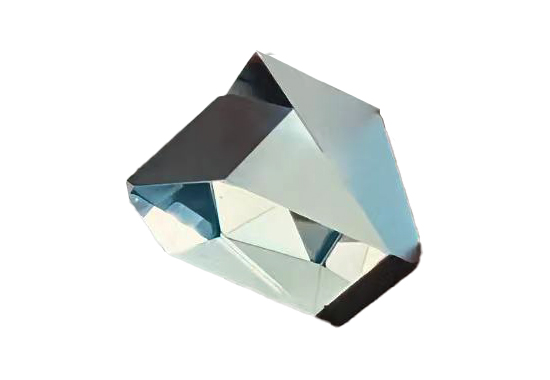Prisms in projectors primarily come in two types: color combining prisms and TIR (Total Internal Reflection) prisms. Each type plays a distinct role in the functioning of the projector.
Color combining prisms are the core optical components in LCD multimedia projectors and LCD rear-projection TVs. Their main function is to combine red, green, and blue primary colors into a single beam of white light, thereby projecting a colorful image onto the screen. By utilizing the refraction and reflection properties of light, these prisms separate or combine different wavelengths of light to achieve color image display.
TIR prisms, also known as total internal reflection prisms, are primarily used in digital projection systems to separate or alter the light path. Their working principle involves changing the direction of light propagation through the process of total internal reflection, thereby reducing light loss and improving the efficiency of light usage. TIR prisms effectively concentrate and transmit light within the projection system, enhancing the clarity and brightness of the projected image.
Color combining prisms are constructed by bonding prisms with different coatings, utilizing the refraction and reflection properties of light to combine red, green, and blue primary colors into a single beam of white light. TIR prisms, on the other hand, are designed with an isosceles right triangle cross-section, using the process of total internal reflection to change the direction of light propagation and minimize light energy loss.
Prisms in projectors by the optical prism manufacturers are widely used in various optical display fields, such as laser TVs, periscope cameras, and medical endoscopes. Through efficient light energy utilization and stable transmission quality, these prisms enhance the performance and precision of the devices.